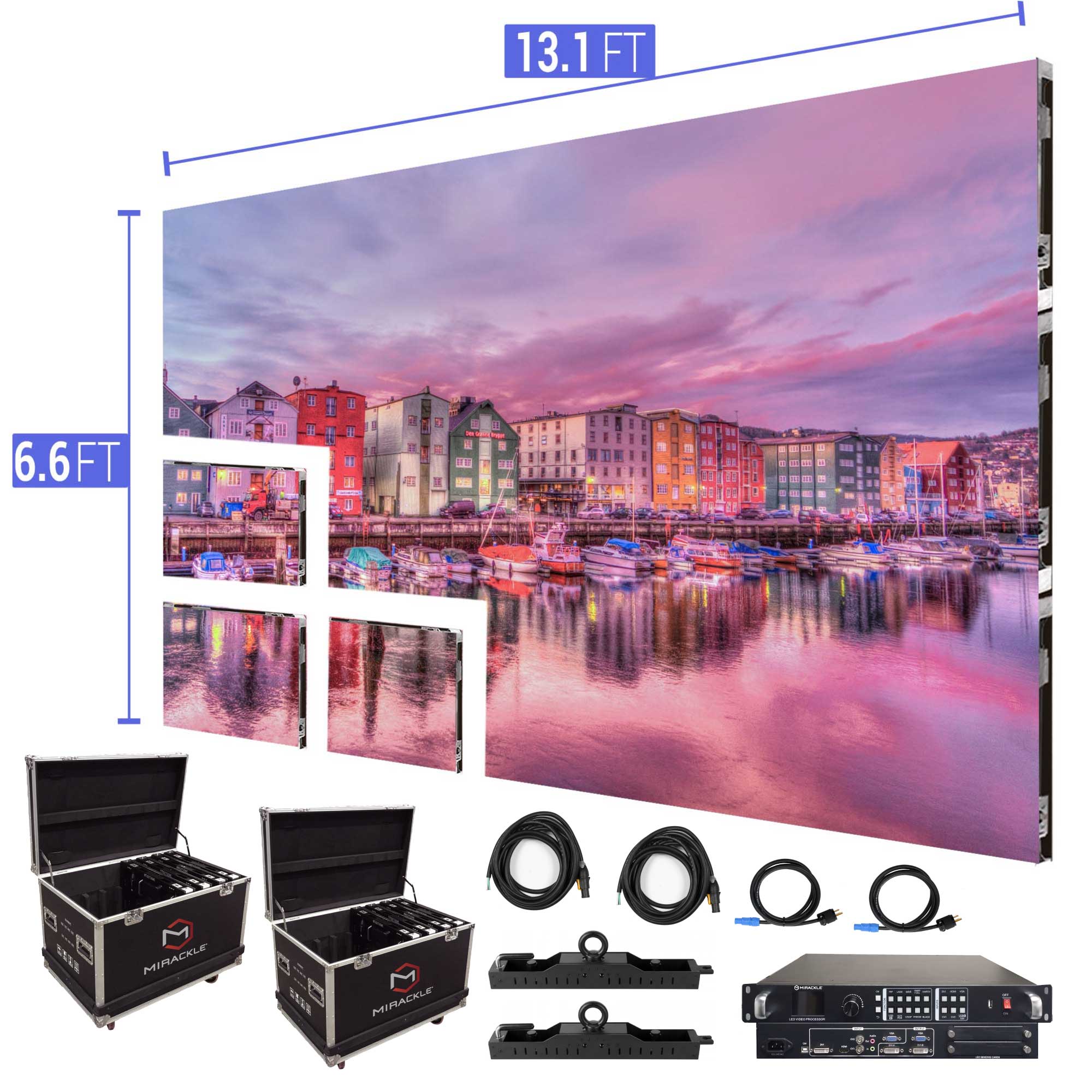Investigating the Crucial Elements That Influence Hue Uniformity in Light Emitting Diode Panel Screens for Ideal Visual Performance
Investigating the Crucial Elements That Influence Hue Uniformity in Light Emitting Diode Panel Screens for Ideal Visual Performance
Blog Article
Color uniformity in LED wall panels is crucial for attaining optimal visual output. LED wall screens are widely used in multiple environments, including concerts, conferences, and advertising displays. When the colors on these panels are consistent, they create a more captivating and enveloping encounter for audiences. Several critical elements influence hue uniformity, including the caliber of the LED components, calibration procedures, and surrounding conditions.
The quality of the LED components plays a major role in hue uniformity. Various types of light-emitting diodes produce light at different wavelengths, which can affect the overall color output. Premium light-emitting diodes are designed to produce a more uniform light range, leading in better color precision. Additionally, the production method of these light-emitting diodes can affect their functionality. Screens made with high-grade materials and techniques tend to have less hue variations, guaranteeing that the displayed images and videos look lively and faithful to reality.
Tuning is another crucial element in maintaining color uniformity in light-emitting diode wall panels. Calibration entails modifying the settings of the panel to make led wall panel color analysis certain that the hues displayed match the desired design. This process can consist of adjusting brightness, contrast, and hue equilibrium. Regular calibration is essential, especially in settings where lighting conditions vary frequently. By tuning the screens, specialists can fix any inconsistencies in hue output, leading to a more uniform observing encounter.
Environmental conditions also affect hue uniformity in LED wall screens. Factors such as surrounding light, heat, and moisture can influence how hues are seen. For example, bright ambient light can dull hues, making them look more vibrant. Similarly, extreme temperatures can influence the functionality of the light-emitting diodes, resulting to color shifts. To mitigate these problems, it is crucial to install LED wall screens in managed settings where lighting and temperature can be controlled efficiently.
Finally, the design and arrangement of the LED wall panels can affect hue uniformity. The configuration of the screens, as well as the distance from which they are viewed, can create variations in color recognition. When screens are arranged too distant apart or at varied angles, audiences may notice discrepancies in color. To achieve the best visual performance, it is crucial to take into account the positioning and arrangement of the screens during installation. By tackling these elements, users can guarantee that their light-emitting diode wall screens provide a consistent and high-quality visual encounter.